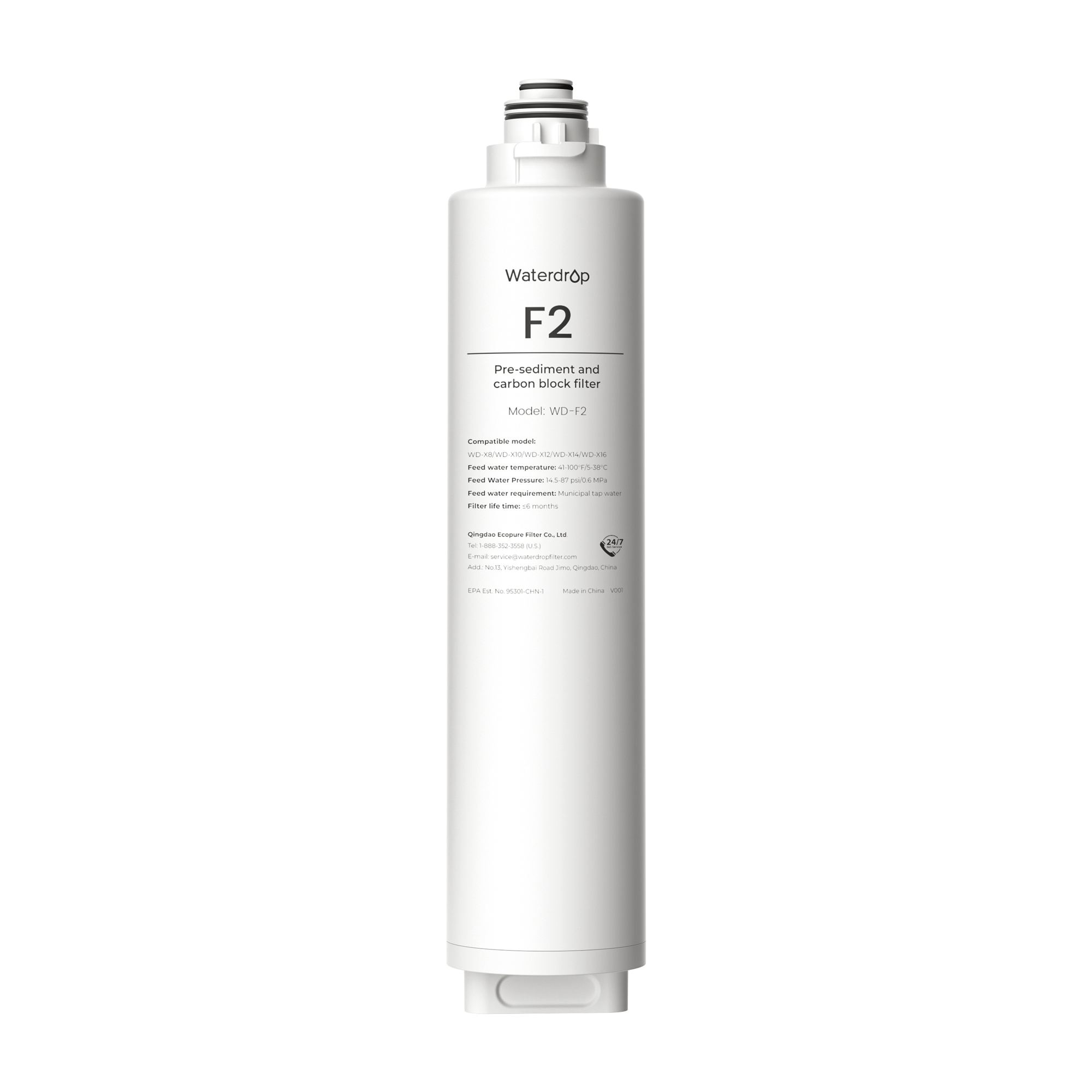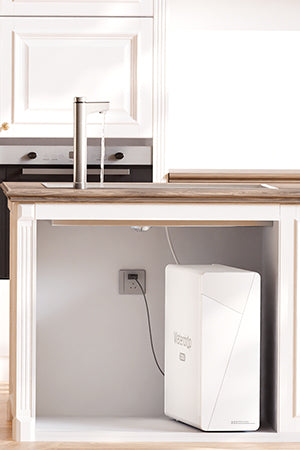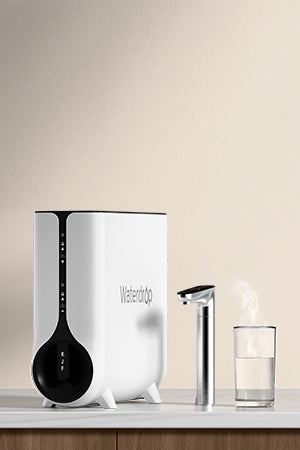If you’ve ever seen those crystal-clear glacier streams winding through rugged mountains, you’ve probably thought, “Wow, that water looks pure enough to bottle!” But before you go cupping your hands for a taste, hold up. While glacier water might look pristine, drinking it straight from the source can actually do more harm than good.
In this blog, we’re breaking down why you shouldn’t drink glacier water, even when it looks clean, especially if you’re an Aussie traveller or adventurer planning a trip to places like New Zealand, Canada, or Iceland. We’ll unpack the myths, risks, and the science behind why that icy blue water might be deceiving — and what safer options you’ve got.
The Myth of “Pure” Glacier Water
Let’s be real — glaciers have great PR. With travel shows, documentaries, and social media glamorizing remote alpine streams and snow-capped landscapes, it’s easy to assume glacier water is the gold standard of purity.
It Looks Clean, But That Doesn’t Mean It Is
Yes, glacier water often looks clear, sparkly, and untouched. But the truth is, looks can be misleading. Just because water appears clean doesn’t mean it’s safe to drink. There are no visible warning signs when it comes to bacteria, viruses, or microscopic contaminants.
Glacier water often contains:
-
Giardia lamblia : A parasite that causes nasty diarrhoea (known as “beaver fever”).
-
Cryptosporidium : A resilient protozoa that can survive for days in cold water and causes gastrointestinal illness.
-
Heavy metals and sediment : As glaciers grind down rock beneath them, they can release fine particles and even trace elements like lead and arsenic.
-
Animal waste : Birds and mammals that live around glacial areas often contaminate nearby water sources with faecal matter.
You wouldn’t drink from a muddy creek back home just because it looks “natural” — glacier water is no different.
Health Risks of Drinking Untreated Glacier Water
Here’s where things get serious. Drinking untreated glacier water can lead to a range of illnesses that can seriously ruin your trip — or worse, land you in hospital.
Gastrointestinal Illness
One of the most common consequences is getting sick with stomach issues. Parasites like Giardia cause symptoms such as:
- Severe diarrhoea
- Cramps
- Nausea and vomiting
- Dehydration
- Fatigue
For Aussies not used to untreated water, these bugs can hit hard. What might be a minor inconvenience for someone local can become a full-blown medical issue for travelers.
Long-Term Exposure Risks
If you’re regularly consuming glacier water — say, on an extended hiking trip — long-term exposure to contaminants can take a toll on your liver, kidneys, and digestive system. Heavy metals like mercury or arsenic, even in small amounts, build up over time and can lead to chronic health issues.
Where This Happens: Aussie Travelers, Take Note
This isn’t just a warning for arctic explorers. Glacier-fed water is common in several popular destinations that Aussies love to visit:
-
New Zealand : Home to famous glaciers like Franz Josef and Fox Glacier — and lots of misleadingly “clean” streams.
-
Canada : British Columbia and Alberta are filled with glacial lakes and rivers.
-
Iceland : A top spot for Aussie adventurers, known for its otherworldly glacier landscapes.
Even though locals might drink small amounts without symptoms due to long-term exposure and immunity, that doesn’t mean you should.
“But It’s Melted Ice — Isn’t That Just Water?”
Great question. When glaciers melt, the water does start as ice — but what happens next is the real issue.
Glaciers Are Old and Not Exactly “Fresh”
Glaciers are thousands — sometimes millions — of years old. Over that time, they trap all sorts of particles, air bubbles, and even ancient bacteria. When the ice melts, those particles get released.
Some scientists have even found dormant microbes and viruses in ancient ice. While most of them are probably harmless, the potential risks from unknown pathogens aren’t fully understood yet.
Melting, Movement, Contamination
As the glacier melts, it carries sediment, rocks, and everything in its path. That includes:
- Animal carcasses
- Soil particles
- Microplastics (yep, they’ve been found in glacial regions too)
By the time the water reaches a stream or lake, it’s picked up all kinds of extras you don’t want in your body.
How to Safely Drink Water While Travelling Near Glaciers?
We get it — you’re out in nature, far from a servo or supermarket, and that water looks tempting. So what can you do?
Here are your safest bets:
1. Boil It
Bringing water to a rolling boil for at least 1 minute (or 3 minutes at high altitudes) kills most pathogens, including Giardia and Cryptosporidium.
2. Use a Water Filter
Portable water filters are perfect for hikes and travel. Look for filters that specifically remove:
Final Thoughts: Better Safe Than Sorry, Mate
Glacier water might look Ins worthy, but drinking it without treating it is asking for trouble. Whether you’re hiking in New Zealand or road-tripping across Canada, don’t risk your health for a sip of “natural” water.
Stick with proper water purification methods, carry gear that keeps you safe, and remember — even the clearest stream can be full of invisible nasties.
So next time you’re tempted by a glacial stream, just snap a photo — and fill your bottle with filtered water instead.































